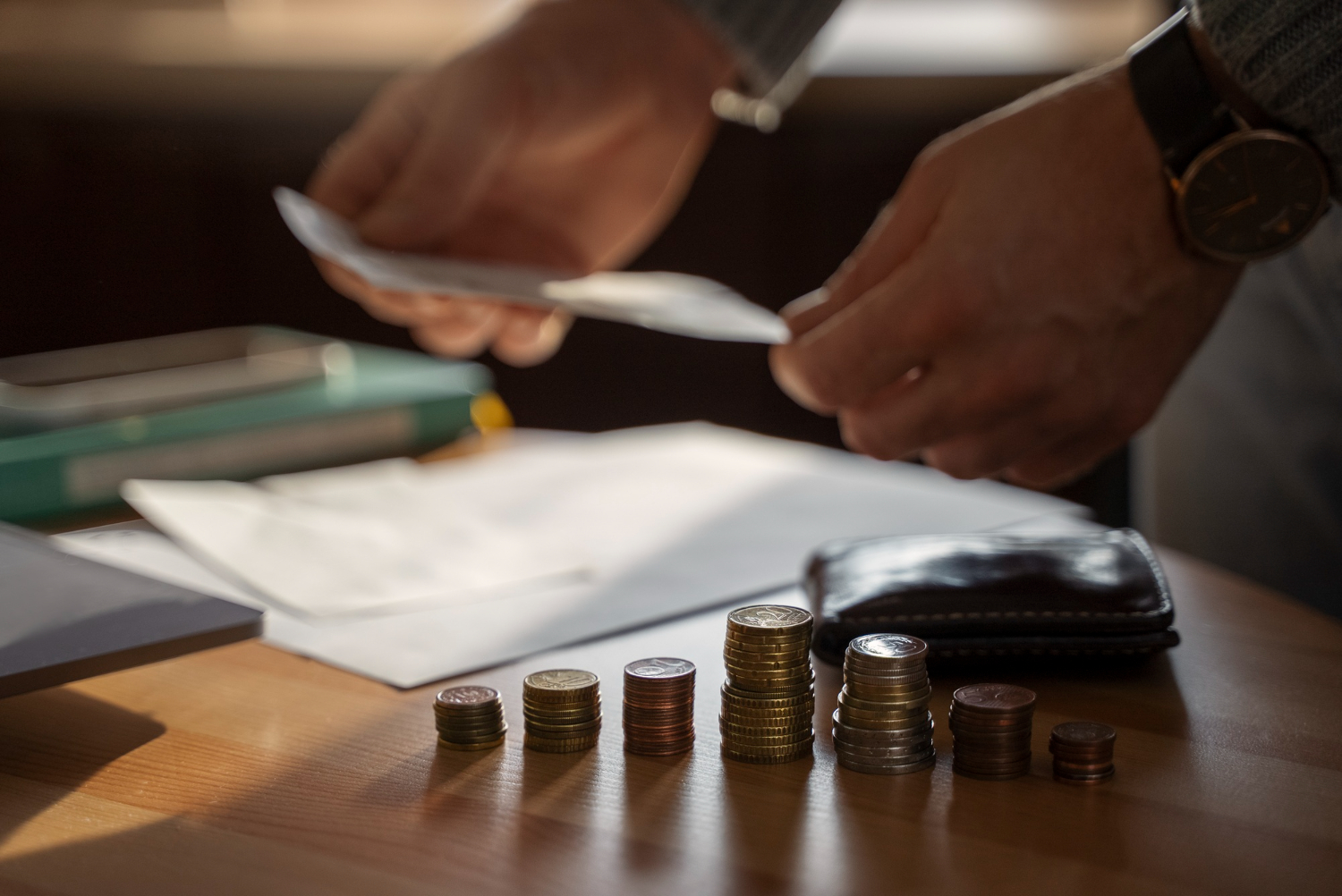
You can usually claim tax relief for your private pension contributions. There is an annual allowance for tax relief on pensions of £60,000 for the current 2023-24 tax year. The annual allowance for 2022-23 was £40,000.
You can claim tax relief on private pension contributions worth up to 100% of your annual earnings, subject to the overriding limits. Tax relief is paid on pension contributions at the highest rate of Income Tax paid.
This means that if you are:
- a basic rate taxpayer you receive 20% pension tax relief;
- a higher rate taxpayer you can claim 40% pension tax relief; and
- an additional rate taxpayer you can claim 45% pension tax relief.
There are two kinds of pension schemes where you receive relief automatically. Either:
- your employer takes workplace pension contributions out of your pay before deducting Income Tax; or
- your pension provider claims tax relief from the government at the basic 20% rate and adds it to your pension pot (‘relief at source’).
If you are a higher rate or additional rate taxpayer, you can claim back any further reliefs you are entitled to on your Self-Assessment tax return. You may also need to make a claim if your pension scheme is not set up for automatic tax relief or if someone else pays into your pension.
There is a three year carry forward rule that allows you to carry forward any unused amount of your annual allowance from the last three tax years; if you have made pension savings in those years. (There used to be a lifetime limit for tax relief on pension contributions, but this was removed with effect from 6 April 2023.)
The above applies for claiming tax relief in England, Wales or Northern Ireland. There are regional differences if you are based in Scotland.
Tax on your private pension contributions
Contents
Tax relief
Tax relief
You can get tax relief on private pension contributions worth up to 100% of your annual earnings.
You’ll either get the tax relief automatically, or you’ll have to claim it yourself. It depends on the type of pension scheme you’re in, and the rate of Income Tax you pay.
There are two kinds of pension schemes where you get relief automatically. Either:
- your employer takes workplace pension contributions out of your pay before deducting Income Tax
- your pension provider claims tax relief from the government at the basic 20% rate and adds it to your pension pot (‘relief at source’)
If your rate of Income Tax in Scotland is 19% your pension provider will claim tax relief for you at a rate of 20%. You do not need to pay the difference.
UK tax relief is also available on contributions made to certain types of overseas pension schemes.
It’s up to you to make sure you’re not getting tax relief on pension contributions worth more than 100% of your annual earnings. HM Revenue and Customs (HMRC) can ask you to pay back anything over this limit.
Relief at source
You get relief at source in all personal and stakeholder pensions, and some workplace pensions.
To get relief at source
Before paying into a scheme, you need to agree to certain conditions about your contributions (‘make declarations’). Your pension provider will tell you what these are.
You also need to give your pension provider your:
- full name and address
- date of birth
- National Insurance number
- employment status – or tell them if you’re retired, a full time student, a carer or aged under 16
Your employer may do this for you if you’re automatically enrolled in their pension scheme.
Your pension provider will let you know if this is the case and ask you to confirm your details are correct. You must do this within 30 days.
Claiming tax relief yourself
In some cases, you need to claim tax relief on pension contributions yourself. You’ll need to make a claim if:
- you pay Income Tax at a rate above 20% and your pension provider claims the first 20% for you (relief at source)
- your pension scheme is not set up for automatic tax relief
- someone else pays into your pension
If you’re paying in an amount greater than £10,000, you’ll need to contact HMRC to claim the tax relief.
If you pay Income Tax above 20% (England, Wales or Northern Ireland)
You can claim additional tax relief on your Self Assessment tax return for money you put into a private pension of:
- 20% up to the amount of any income you have paid 40% tax on
- 25% up to the amount of any income you have paid 45% tax on
You can also call or write to HMRC to claim if you pay Income Tax at 40%.
Example:
You earn £60,000 in the 2023 to 2024 tax year and pay 40% tax on £10,000. You put £15,000 into a private pension. You automatically get tax relief at source on the full £15,000.
You can claim an extra 20% tax relief on £10,000 (the same amount you paid higher rate tax on) through your Self Assessment tax return.
You do not get additional relief on the remaining £5,000 you put in your pension.
If you pay Income Tax above 20% (Scotland)
You can claim additional tax relief on your Self Assessment tax return for money you put into a private pension of:
- 1% up to the amount of any income you have paid 21% tax on
- 21% up to the amount of any income you have paid 41% tax on
- 26% up to the amount of any income you have paid 46% tax on
You can call or write to HMRC to claim if you do not fill in a Self Assessment tax return.
If your pension scheme is not set up for automatic tax relief
Claim tax relief in your Self Assessment tax return if your pension scheme is not set up for automatic tax relief.
Call or write to HMRC if you do not fill in a tax return.
You cannot claim tax relief if your pension scheme is not registered with HMRC.
If someone else pays into your pension
When someone else (for example your partner) pays into your pension, you automatically get tax relief at 20% if your pension provider claims it for you (relief at source).
If you’re in a workplace pension that allows other people to contribute you may need to claim the tax relief on those contributions – call or write to HMRC.
Submit or increase a claim over £10,000
You must write to HMRC to:
- make a new claim for a pension contribution over £10,000
- increase your current claim by more than 10% (if the current claim is already over £10,000)
If you’re increasing your current claim by less than 10%, you can tell HMRC over the phone.
In your letter, include:
- proof from your pension provider of payments made for each tax year you’re claiming for
- whether the payment amounts are before or after tax
Send the letter to the Pay As You Earn and Self Assessment team at HMRC.
Pay As You Earn and Self Assessment
HM Revenue and Customs
BX9 1AS
United Kingdom
If you do not pay Income Tax
You still automatically get tax relief at 20% on the first £2,880 you pay into a pension each tax year (6 April to 5 April) if both of the following apply to you:
- you do not pay Income Tax, for example because you’re on a low income
- your pension provider claims tax relief for you at a rate of 20% (relief at source)
Life insurance policies
You cannot get tax relief if you use your pension contributions to pay a personal term assurance policy, unless it’s a protected policy.
Personal term assurance is a life insurance policy that either:
- ends when the first insured person dies
- insures people who are all from the same family.

